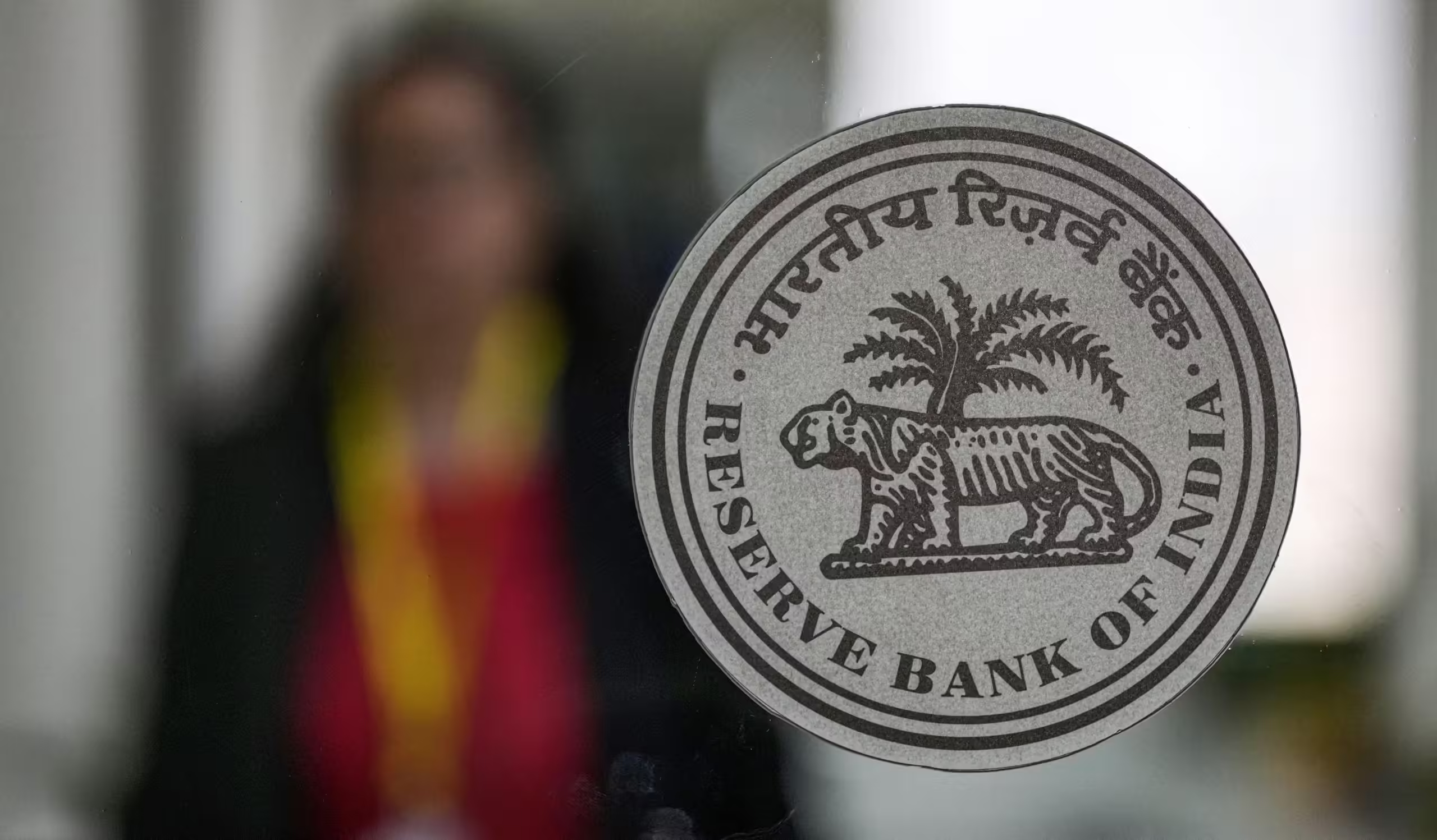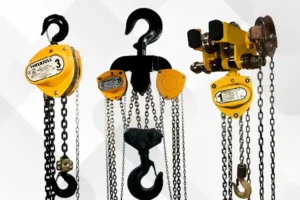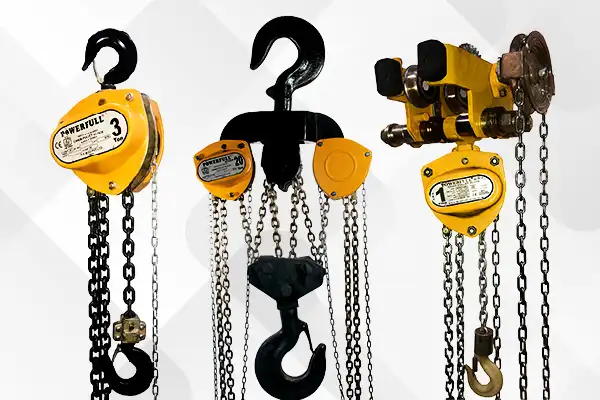Have you ever wondered if you’re entitled to a PPI refund? Payment Protection Insurance (PPI) was widely mis-sold to millions across the UK, and many people are still unaware they could reclaim thousands of pounds. Whether you were misled into buying PPI or didn’t even know you had it, you might be sitting on a small fortune.
Understanding the PPI refund process can seem daunting, but it doesn’t have to be. In this article, we’ll guide you through the essentials, helping you determine your eligibility and navigate the claims process with ease. So, let’s dive into the world of PPI refunds and discover how you can reclaim what’s rightfully yours.
Understanding PPI Refund
Getting a PPI refund might feel like winning a small jackpot. Here, we’ll break down what PPI is and how mis-selling happened, making it easier for you to claim what’s yours.
What Is PPI?
PPI, or Payment Protection Insurance, was sold alongside loans, credit cards, and mortgages. It promised to cover your payments if you fell ill or lost your job. Sounds helpful, right? Well, not always. Banks and lenders often attached PPI to financial products without telling customers all the details.
How PPI Mis-selling Occurred
Mis-selling PPI wasn’t a minor oops. Sales tactics often hid the costs and specific terms. You might’ve been told you couldn’t get a loan without it, or it might’ve been added without your knowledge. In some cases, PPI was sold to customers who were self-employed or retired, making the insurance practically useless. Imagine you’re buying an unsecured business loan and suddenly you’re told you need PPI – that’s the kind of underhanded selling that got people in trouble.
Think you might’ve been mis-sold PPI? Time to investigate. Check your old loan statements, credit card agreements, and mortgage paperwork. You might find that sneaky little policy lurking where you least expected.
Eligibility for PPI Refund
Determining if you’re eligible for a PPI refund involves examining several criteria. Let’s break it down to make it simple.
Criteria for Claiming a Refund
First, consider whether you were mis-sold PPI. If it was added without your knowledge or you were told it was mandatory, you might have a case. Perhaps you bought it despite being ineligible due to employment status. For instance, self-employed or part-time workers were often sold PPI despite being ineligible for full benefits.
Next, check if you had a financial product like a loan, credit card, or mortgage with PPI attached. Review your paperwork carefully. Look for terms and conditions related to PPI.
Lastly, think about whether proper disclosure happened. Were all necessary details about the PPI explained to you clearly? If there was any ambiguity or you were rushed through the process, it could strengthen your claim.
Time Limits on PPI Claims
The next thing to consider is the timing. There’s a deadline for claiming a PPI refund. Generally, claims must be submitted within six years of when you realised the PPI was mis-sold. If it’s been more than six years since you discovered the issue, your claim may not be considered.
Don’t know when you realised it? No problem. Consider when you last had an active financial product with PPI. Is your memory a bit fuzzy? Look at old bank statements for clues. If the mis-selling dates back more than 20 years, it might be late for a claim. But if it’s within the timeline, gather your facts and documents.
Check if any disputes might extend your deadline. For example, were there ongoing discussions with your bank? This could provide some leeway. Jump right into checking that paperwork and see if you have a valid PPI claim. If you meet the criteria and are within the time limits, you might be in for a refund.
How to Claim Your PPI Refund
Unsure where to start with your PPI refund? Let’s break it down step by step. This process can be straightforward if you have the right information and tools at your disposal.
Preparing Your Claim Documentation
Start by gathering all the necessary documents. Do you have your old bank statements, loan agreements, or credit card statements? These will be crucial. Look for any mention of PPI or phrases like “payment protection insurance” in these documents.
- Dig Up Financial Records: Check your files for paperwork related to past loans, credit cards or mortgages.
- Identify PPI Payments: Find any indications you paid for PPI. Search for entries like “PPI” or “payment insurance” in your statements.
Got everything? Great! If not, don’t stress. Contact your bank or lender directly; they’ll provide the records you need.
Steps to Submit a PPI Claim
With your documentation sorted, it’s time to submit your claim. Follow these steps to ensure a smooth process.
- Contact Your Lender: Write or call the bank or lender that sold you the PPI. Use their complaint form if they have one. State you were mis-sold PPI and provide your reasons, such as being unaware it was optional.
- Fill Out the Relevant Forms: Complete any forms required by your lender. These typically ask for details about your account and why you believe the PPI was mis-sold.
- Submit Your Claim: Send your completed form and supporting documents to your lender. Keep copies of everything for your records.
What if your claim gets rejected? Don’t worry. You can escalate this to the Financial Ombudsman Service, which will independently review your case.
Common Challenges in PPI Refund Claims
When pursuing a PPI refund, you might face several hurdles. Knowing these challenges can prepare you for the process and increase your chances of success.
Dealing with Rejected Claims
Rejections happen. Your claim might get rejected if you miss some crucial detail or don’t provide enough evidence. If this occurs, don’t panic. Review the rejection letter carefully. It usually outlines reasons for the decision. Correct any errors or supply additional documentation as required.
If all else fails, escalate the matter to the Financial Ombudsman Service. Include all relevant details, and provide any new evidence that supports your claim. Often, they can overturn the decision in your favour.
Navigating Complex Cases
PPI cases can get tricky, especially if they involve multiple lenders or old, archived documents. Begin by gathering all necessary financial records. This might mean contacting multiple lenders or financial institutions if your PPI spans different loans, credit cards, or even unsecured business loans.
If you’re missing documents, make Subject Access Requests (SAR) to your lenders. This entitles you to any relevant data they hold. Meanwhile, scrutinise older records thoroughly, sometimes useful snippets can be hiding in plain sight.
When dealing with multiple policies or complex situations, consider seeking legal advice. Experts can provide guidance on intricate cases and increase the likelihood of a successful claim.
In Concluding
Claiming a PPI refund can be a straightforward process if you know what to look for and how to handle potential obstacles. By thoroughly reviewing your financial documents and understanding the eligibility criteria, you’re well on your way to reclaiming what’s rightfully yours. Don’t be discouraged by rejections; there are steps you can take to escalate your claim and seek further assistance. With the right approach and resources, you can navigate the complexities of PPI refunds and potentially recover significant amounts of money. Stay informed, be persistent, and take action to secure your refund.










+ There are no comments
Add yours